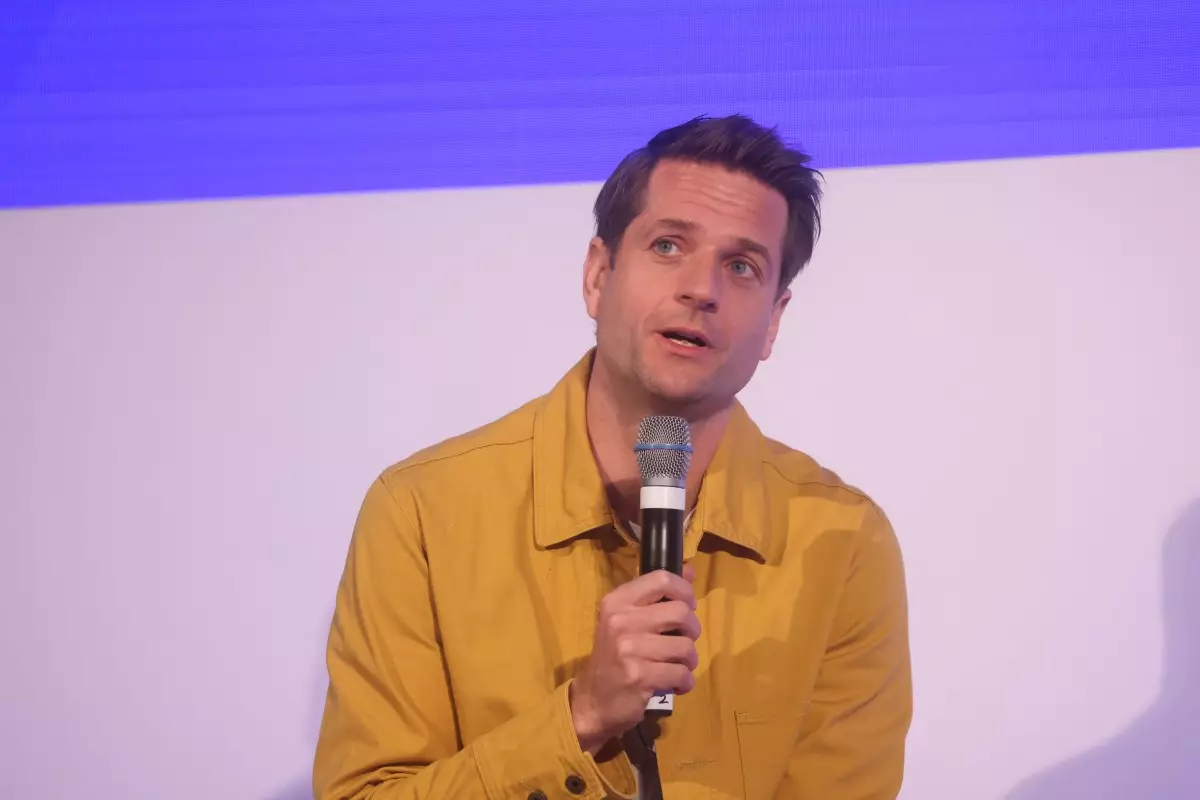In recent discussions surrounding the transformative impact of generative artificial intelligence on businesses, Klarna’s CEO, Sebastian Siemiatkowski, has been an outspoken advocate for the integration of AI technologies within the company’s operations. His statements paint a picture of a company that is simultaneously reducing its workforce while promoting the supposed efficiency of AI in replacing human labor. However, beneath this optimistic narrative lies a more complex reality that reveals both the limitations of AI and the ongoing necessity for human talent in technology-driven organizations.
Klarna’s Workforce Dynamics
Siemiatkowski highlighted in an interview that for the past year, Klarna has effectively ceased hiring and has experienced a significant reduction in its employee count—from 4,500 to 3,500. This drop is attributed largely to natural attrition, a common trend in the tech sector where talent cycles through various companies approximately every five years. What may seem like a success story for the integration of AI, however, reveals an unsettling paradox: while Klarna has indeed decreased its headcount, it is not entirely reliant on AI for its operational needs.
Notably, Klarna has maintained over 50 open positions globally, with hiring managers making consistent efforts to fill critical roles across various departments. This sheds light on the fact that, despite Siemiatkowski’s claims, the tech giant still requires human workers to navigate specific complex tasks that AI cannot yet handle.
Although Siemiatkowski asserts that generative AI can match or even exceed human contribution in various roles, there are clear limitations to this assertion. He points to the ability of artificial intelligence, using examples like ChatGPT, to accomplish tasks equivalent to the work done by hundreds of employees. However, this raises questions about the practical scope of AI capabilities and the depth of its understanding of intricate human tasks, especially those requiring emotional intelligence, creativity, and nuanced problem-solving skills—traits that remain decidedly human.
Despite Klarna’s reduced workforce, reports indicate that the company has continued to recruit for essential strategic roles, emphasizing the necessity of human insight in steering complex business decisions. While AI may facilitate certain processes, the reality of modern company ecosystems requires a synthesis of both human skill and technological efficiency.
The intention behind Siemiatkowski’s remarks may also be influenced by a broader industry trend. As Klarna gears up for a potential Initial Public Offering (IPO), there is an evident need to portray the company as a pioneer in employing cutting-edge technologies. This narrative serves not just to attract consumer interest but also to assure potential investors of Klarna’s commitment to innovation in a competitive landscape.
However, it’s crucial to contextualize these statements within the larger framework of industry trends. Many tech companies, including giants like Meta and Amazon, have experienced similar workforce contractions amid a landscape marked by economic uncertainty and changing consumer demands. While proclaiming AI’s role in driving efficiencies, the industry faces a challenging reality where implementation often lags behind enthusiasm.
Klarna’s journey reflects the transformative potential of AI in the business world, accompanied by the inherent complexities of navigating workforce reductions and operational necessities. Siemiatkowski’s optimistic pronouncements regarding the efficacy of generative AI may resonate as forward-thinking; however, the simultaneous hiring efforts for essential roles signal a need for balance. Companies that strive for innovation must recognize that while AI can augment and streamline processes, the irreplaceable value of human employees will continue to play a critical role in shaping the future of work. As businesses adapt, the symbiosis between man and machine will dictate the path forward in the technology sector—a story of promise, challenge, and growth.

